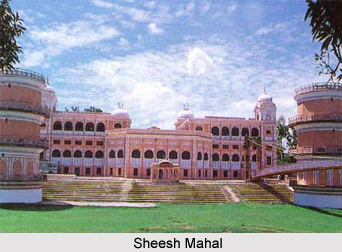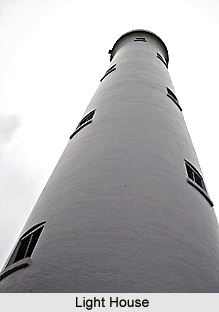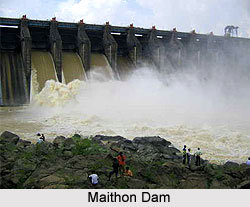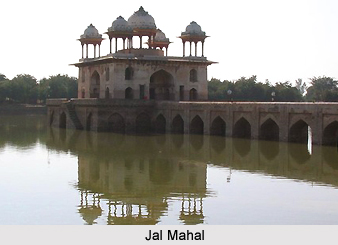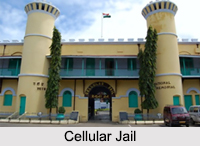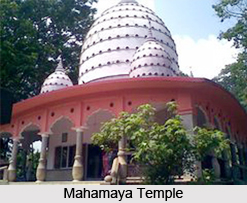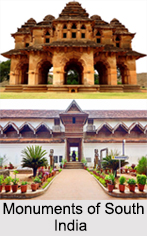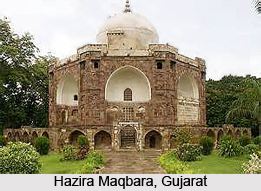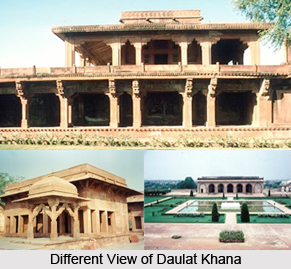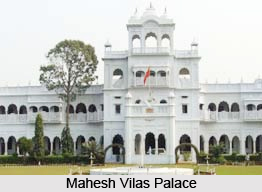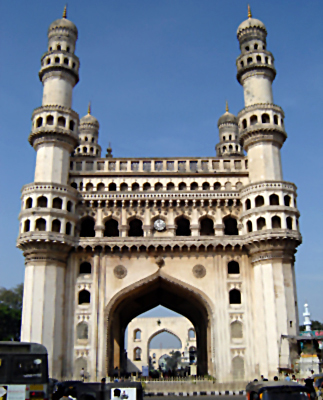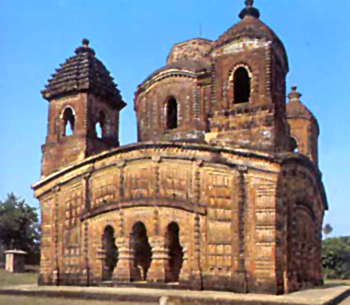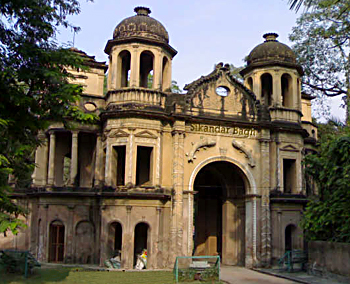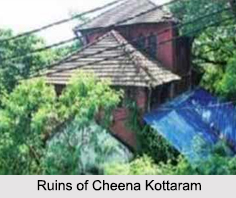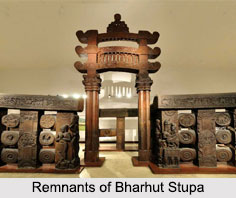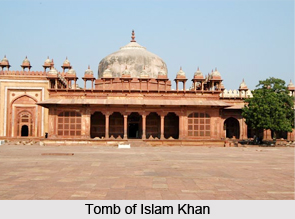 Tomb of Islam Khan is situated to the east of Shaikh Salim`s tomb in Fatehpur Sikri, Agra. It is a red stone structure that originally served as the Jamaat Khana or common religious house for the most distinguished disciples of Shaikh Salim. It is encircled by perforated stone screens partly open to the front, and surmounted by a large dome surrounded by 36 small domed kiosks. It is conjectured that after the death of Shaikh Hajji Husain, an eminent disciple of Shaikh Salim, the Jamaat Khana became the tomb of the Shaikh`s descendants. It is clear that the building was not originally intended to be Islam Khan`s tomb as it has been commonly called, since his grave does not occupy the central place in the tomb.
Tomb of Islam Khan is situated to the east of Shaikh Salim`s tomb in Fatehpur Sikri, Agra. It is a red stone structure that originally served as the Jamaat Khana or common religious house for the most distinguished disciples of Shaikh Salim. It is encircled by perforated stone screens partly open to the front, and surmounted by a large dome surrounded by 36 small domed kiosks. It is conjectured that after the death of Shaikh Hajji Husain, an eminent disciple of Shaikh Salim, the Jamaat Khana became the tomb of the Shaikh`s descendants. It is clear that the building was not originally intended to be Islam Khan`s tomb as it has been commonly called, since his grave does not occupy the central place in the tomb.
Between Shaikh Salim`s tomb and the Jamaat Khana is another archway. On entering this one would find a dark suite of rooms, known as Zanana Rauza or Women`s Tomb. Shaikh Salim lived there for a while and women wishing for an audience with the saint could visit him from an underground doorway in the northern wall. Akbar was also known to sit here with his favourites and listen to the holy man`s discourses.
This article is a stub. You can enrich by adding more information to it. Send your Write Up to content@indianetzone.com
